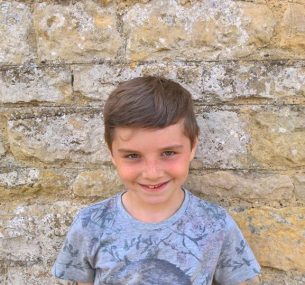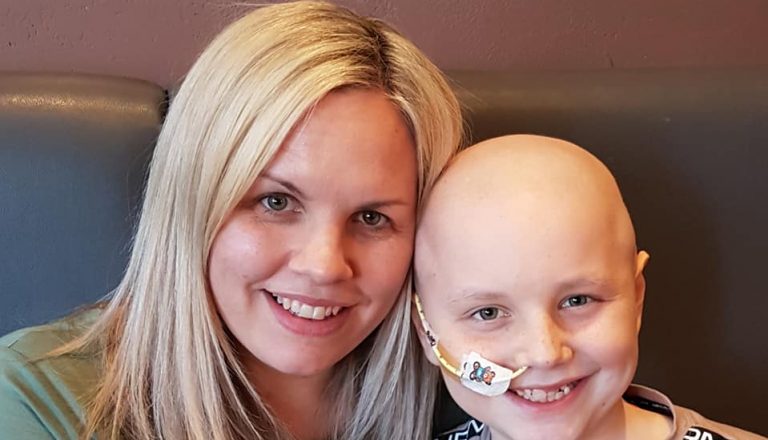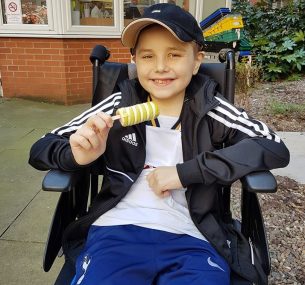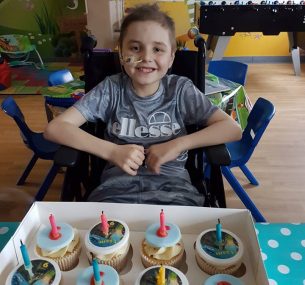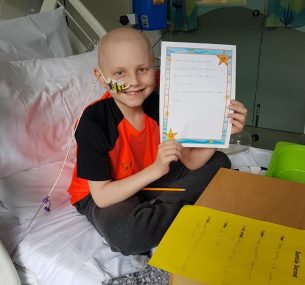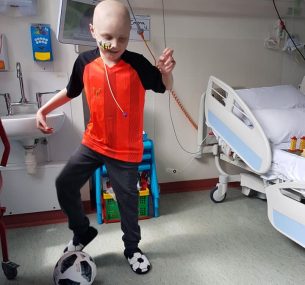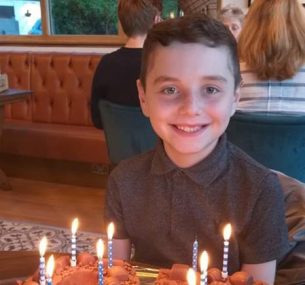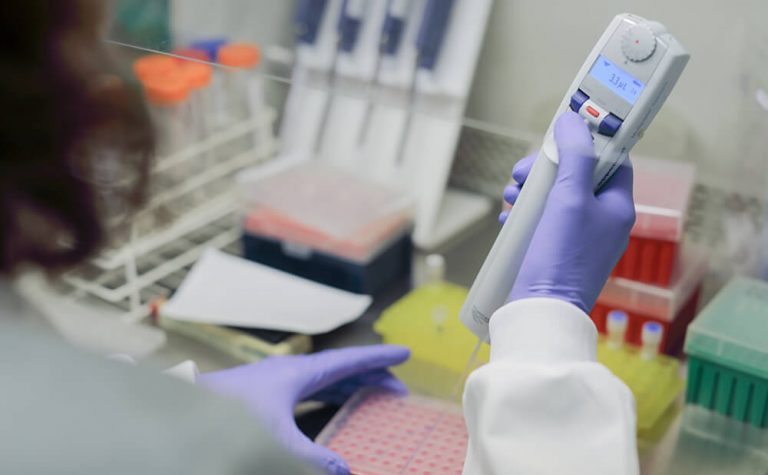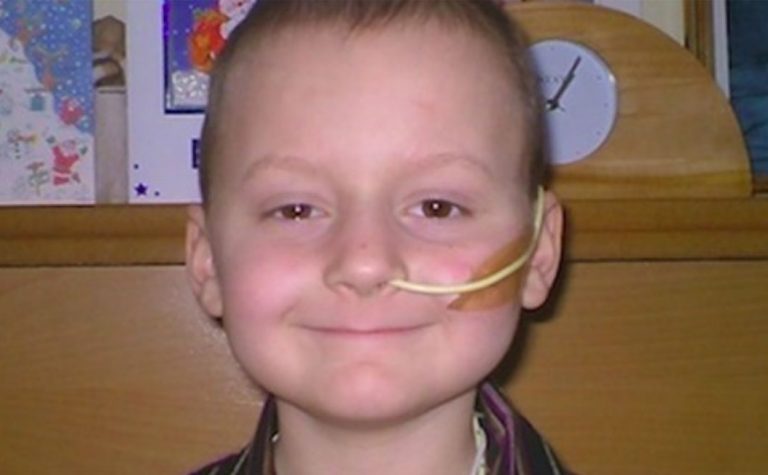Our world came crashing down
Our world was turned upside down when our son Liam was diagnosed with leukaemia. The diagnosis came completely out of the blue as the week before Liam was Man of the Match in his football game, scoring two of the goals and looked so strong on the football pitch.
During the following week he started to feel unwell with a temperature. On the Tuesday I took him to the GP surgery, he was seen by the nurse who thought it was viral tonsillitis and it would get better on its own. Liam spent Wednesday at home resting, he was tired and giving off an unusually strong smell. That evening, there was no improvement in Liam and coupled with the smell, I wanted to be certain this was just a viral infection. We went to see the out of hours doctor. The doctor examined Liam and confirmed he had tonsillitis and that the smell was most likely related and prescribed a course of antibiotics. I gave Liam one course of antibiotics before bed and a further two doses the next day. By lunchtime the next day, there was no improvement. As Liam lay on the sofa he said ‘mummy, cut my legs off’. This was very out of character and I knew something wasn’t right so I phoned our GP surgery and asked if a doctor would see him again. No one was available so I phoned 111 and after telling them Liam’s symptoms they said, either call an ambulance or drive to the nearest A&E immediately.
